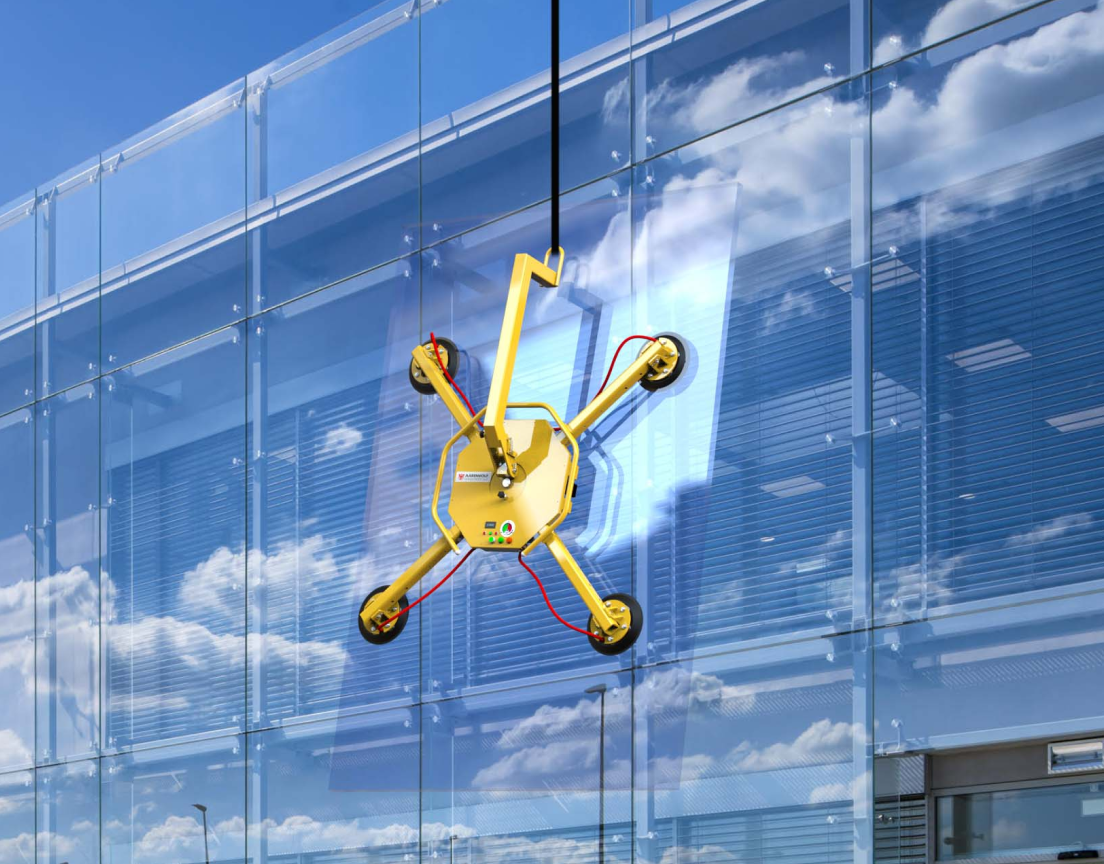Glass installation can be a complex process, especially when you don’t have the right tools or knowledge. Whether you are installing glass windows, doors, mirrors, or decorative panels, understanding the proper techniques for handling, transporting, and installing glass is critical. This guide explores the essential tools, handling equipment, and valuable tips to ensure your glass installation projects go smoothly and successfully.

What Is Glass Installation and Why It Matters
Glass installation involves placing glass pieces into their designated frames or structures. It requires the right tools, equipment, and expertise to ensure that the glass is fitted properly, safely, and without damage. Whether you’re working with large windows or delicate glassware, the installation process is crucial to the overall function and appearance of the glass.
Importance of Proper Glass Installation
Proper glass installation is vital for several reasons:
- Safety: Improper installation can lead to accidents or glass breakage, posing safety risks to both installers and occupants.
- Durability: A well-installed glass window, door, or mirror will last longer, with fewer chances of breakage or wear.
- Aesthetics: Correct installation ensures that the glass fits perfectly and enhances the appearance of your space.
Now that we understand why glass installation is important, let’s dive deeper into the tools, equipment, and techniques involved.
Essential Glass Installation Tools
Having the right glass installation tools is the first step to ensuring a smooth and successful project. Using specialized equipment designed for glass installation helps make the process faster, safer, and more efficient.
Key Glass Installation Tools
- Glass Cutter: A quality glass cutter is essential for accurately cutting glass to size. It’s important to choose a cutter suited for the thickness and type of glass you’re working with.
- Suction Cups: These are a must-have for lifting and moving large glass panes. The suction cups provide a secure grip, preventing any damage during the installation process.
- Glazing Hammer: A glazing hammer is used for gently tapping the glass into place. It is lightweight and designed specifically for glass installation, ensuring no damage to the glass or frame.
- Caulking Gun and Sealants: Once the glass is in place, sealants help secure it in the frame and prevent water or air leakage. A caulking gun is an essential tool for this task.
- Measuring Tape and Level: Precise measurements are key to proper installation. A measuring tape helps you measure the glass and frame, while a level ensures that the glass is perfectly aligned.
- Safety Gear (Gloves and Glasses): Glass can be sharp and heavy. Always wear safety gloves and glasses to protect yourself from injury during installation.
By using these glass installation tools, you can achieve a more efficient and professional result.
Glass Handling and Transportation Tips
Handling glass properly is crucial in ensuring that it remains in good condition during transportation and installation. Glass handling requires care, and using the right glass handling equipment can make the job easier and safer.
Safe Glass Handling Techniques
When handling glass, always take extra precautions. Glass is fragile and can break easily if not handled properly. Here are some important glass handling tips:
- Use Protective Gear: Always wear gloves and safety glasses to prevent cuts or injury from sharp edges.
- Lift With Care: When lifting glass, make sure to lift it from the sides and keep it close to your body. This reduces the strain on your muscles and helps avoid accidents.
- Move Slowly and Steadily: Whether you are moving the glass from one place to another or installing it, move slowly to avoid sudden impacts or dropping the glass.
Essential Glassware Handling Equipment
To make glass handling easier and safer, consider using specialized glassware handling equipment. This equipment is designed to protect the glass while providing a secure grip during transport and installation.
- Glass Lifting Suction Cups: These cups come in various sizes, with some designed for heavy-duty glass pieces. They are ideal for transporting large sheets of glass safely.
- Glass Cradles and Carts: For transporting multiple glass sheets, glass cradles and carts offer a stable surface, reducing the risk of glass shifting or breaking.
- Padded Clamps: These clamps hold the glass securely without scratching or damaging its surface. They are especially useful when working with delicate glass items.
- Glass Handling Straps: Straps can be used to support large glass panes during transportation, ensuring that the glass stays in place and doesn’t move around.
By using the right glass handling equipment, you can make the entire process smoother and safer, reducing the chances of accidents or damage.
Glass Transportation: How to Safely Move Glass
Transporting glass from one location to another requires careful planning. Whether you’re moving glass sheets to the installation site or transporting it to a different area of the building, safety should be your top priority. Here’s how to safely transport glass:
Best Practices for Glass Transportation
- Secure the Glass Properly: Use straps, clamps, or suction cups to ensure the glass is securely held in place. This prevents it from shifting during transit and minimizes the risk of breakage.
- Use Padding: Protect the glass from scratches and other damage by placing foam or blankets between sheets of glass. This provides a cushioning effect and absorbs any shock during transport.
- Transport in a Vehicle with a Flat Bed: If possible, transport the glass on a flat bed with no obstructions. This ensures the glass remains stable and is less likely to be impacted by bumps or turns.
Glass Transport Equipment
Using the right equipment can make glass transportation more efficient and safer. Here are a few types of equipment that can assist in transporting glass safely:
- Glass Transport Racks: These racks are designed to hold multiple glass sheets securely, making it easier to transport them without worrying about them shifting or breaking.
- Transport Carts and Trolleys: For smaller glass pieces or those that need to be moved over short distances, a glass transport cart can provide a stable platform.
- Protective Covers: Consider using padded covers to shield the glass from dirt, debris, or scratches during transit.
Step-by-Step Guide to Glass Installation
Once the glass has been transported to the installation site, the next step is to begin the installation. Below is a simple, easy-to-follow guide to glass installation:
1. Prepare the Installation Area
Ensure that the installation area is clean and free of any obstacles. Check the frame to make sure it’s in good condition and ready to hold the glass.
2. Measure and Cut the Glass
Use a measuring tape to determine the exact dimensions of the opening where the glass will be installed. If the glass needs to be cut, use a glass cutter to make precise cuts.
3. Position the Glass
With the help of suction cups, carefully lift the glass and place it into the frame. Ensure that the glass is level and properly aligned with the frame.
4. Secure and Seal the Glass
Once the glass is in place, use a glazing hammer to gently tap it into position. Apply sealant around the edges of the glass using a caulking gun to prevent air and water from entering.
5. Final Inspection and Cleanup
After installation, inspect the glass for any gaps or issues. Clean the surface of the glass to remove any fingerprints, dust, or debris.
Conclusion: Perfecting Glass Installation with the Right Tools and Equipment
Mastering glass installation requires the right tools, equipment, and techniques. By using the proper glass handling equipment and following best practices for glass transportation, you can ensure a smooth, safe, and efficient installation process. With these tips in mind, you’ll be able to tackle any glass installation project with confidence and achieve professional results every time.
Remember, safety is paramount, so always use protective gear and double-check your measurements. With the right approach, glass installation can be a smooth and rewarding experience.

